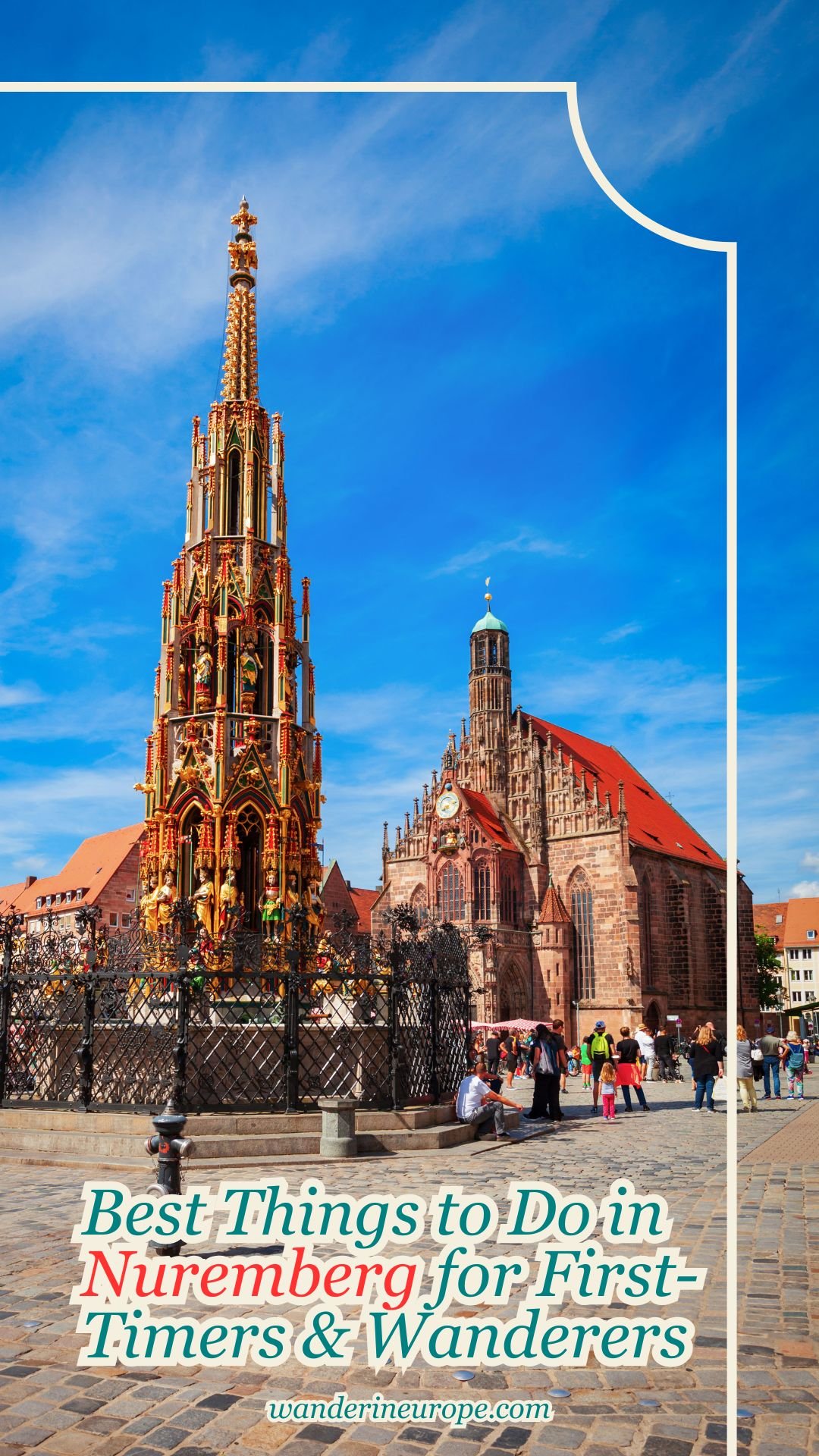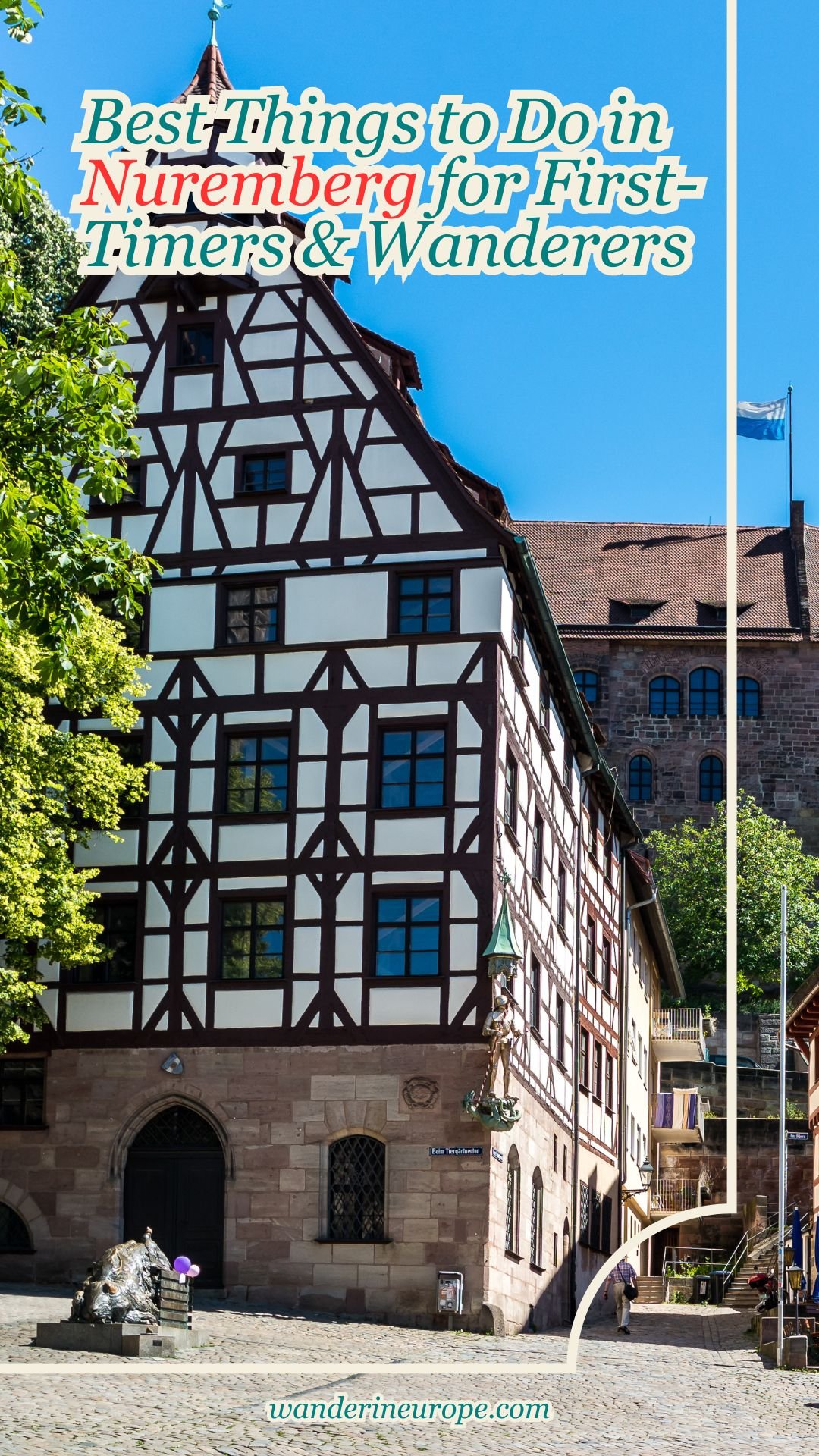Best Things to Do in Nuremberg for First-Timers & Wanderers
WanderInEurope is reader-supported. Affiliate links and ads help us keep creating useful content for you.
Nuremberg is the biggest city I know in Germany that really feels like you’ve stepped back into the medieval times. It’s full of charming spots and places that transport you back in time. If it’s your first visit or you’re just wandering around, there are some must-see attractions I’d suggest you check out first.
Note: I’ve included these highlights (which you can find below) in my one-day, two-day, and three-day itineraries for Nuremberg. For a more exciting way to explore these attractions, check out my Discovery Guide to Nuremberg.
Lorenzkirche
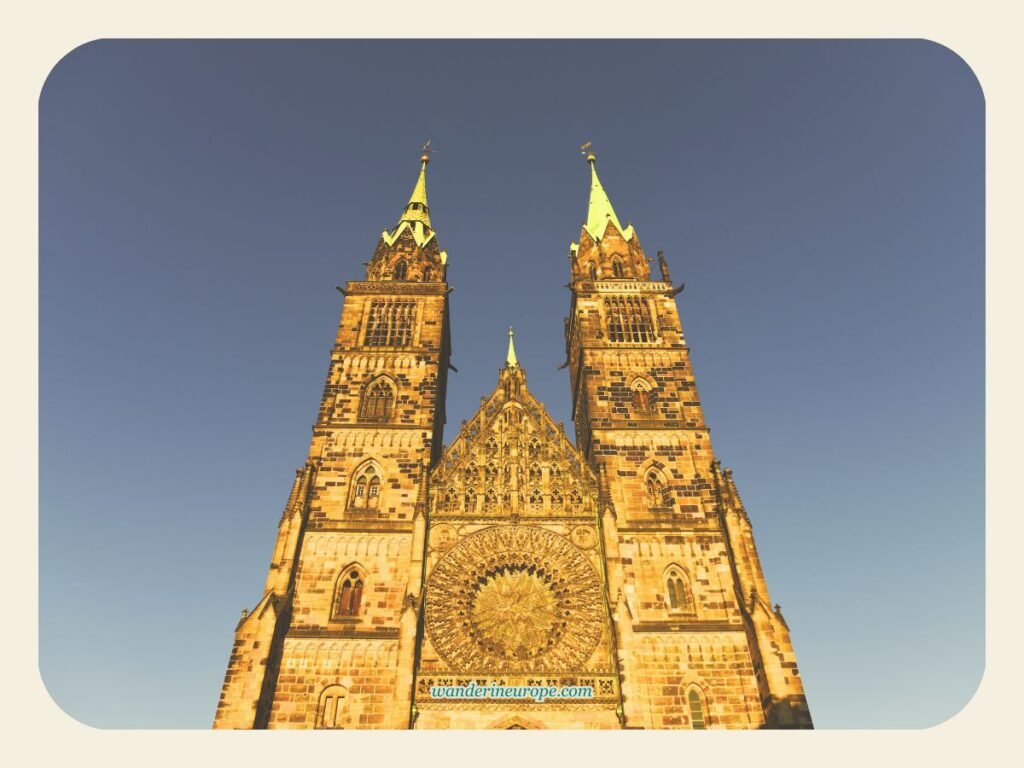

Museumsbrücke
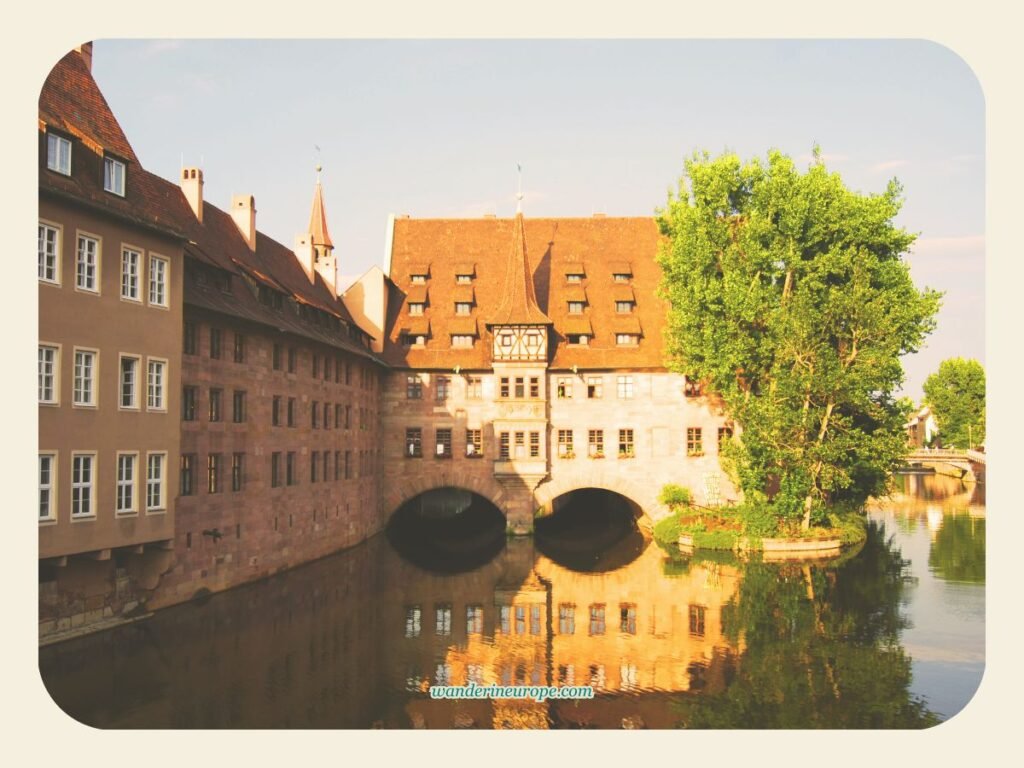

Frauenkirche
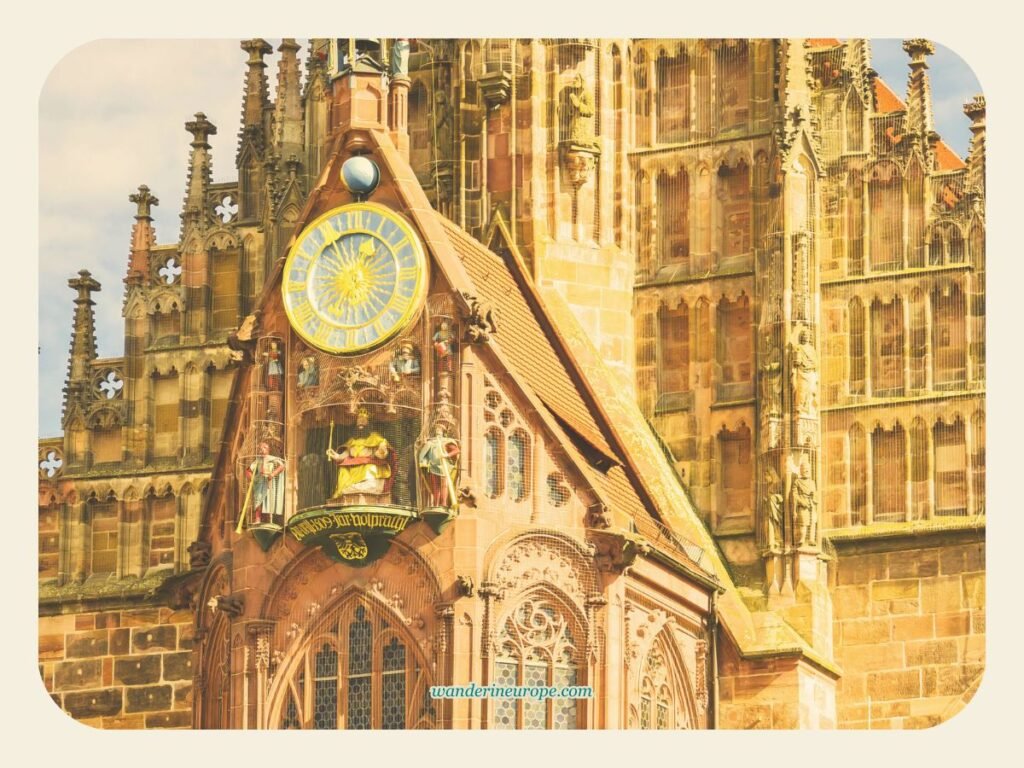

Hauptmarkt
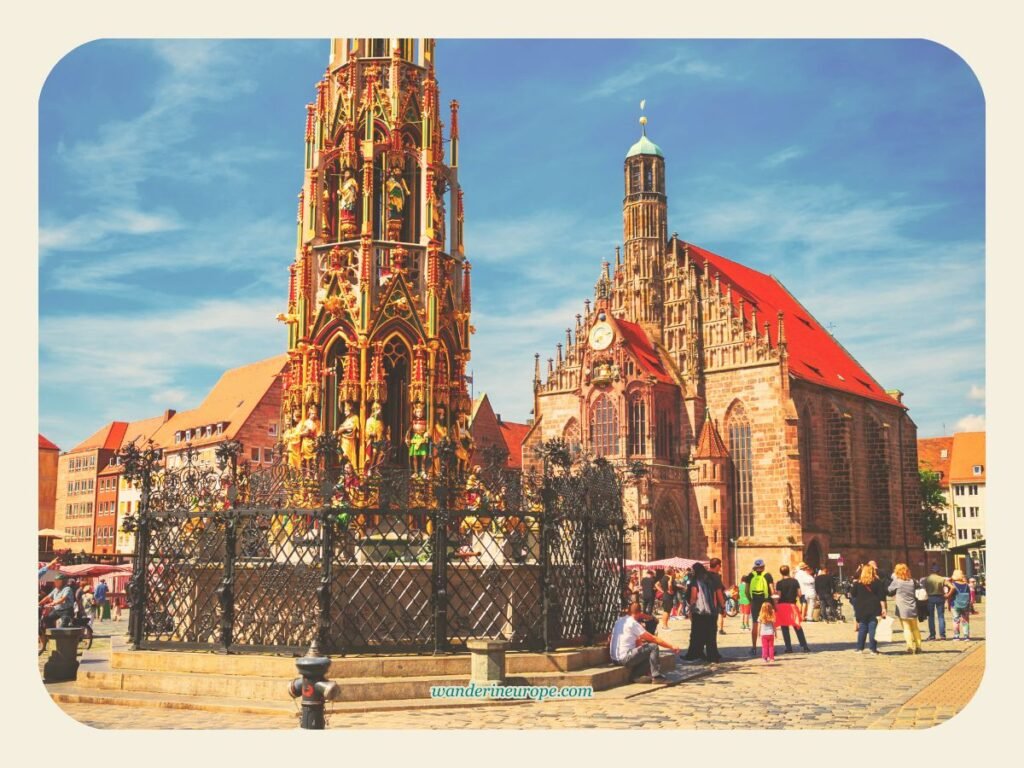

Sebalduskirche
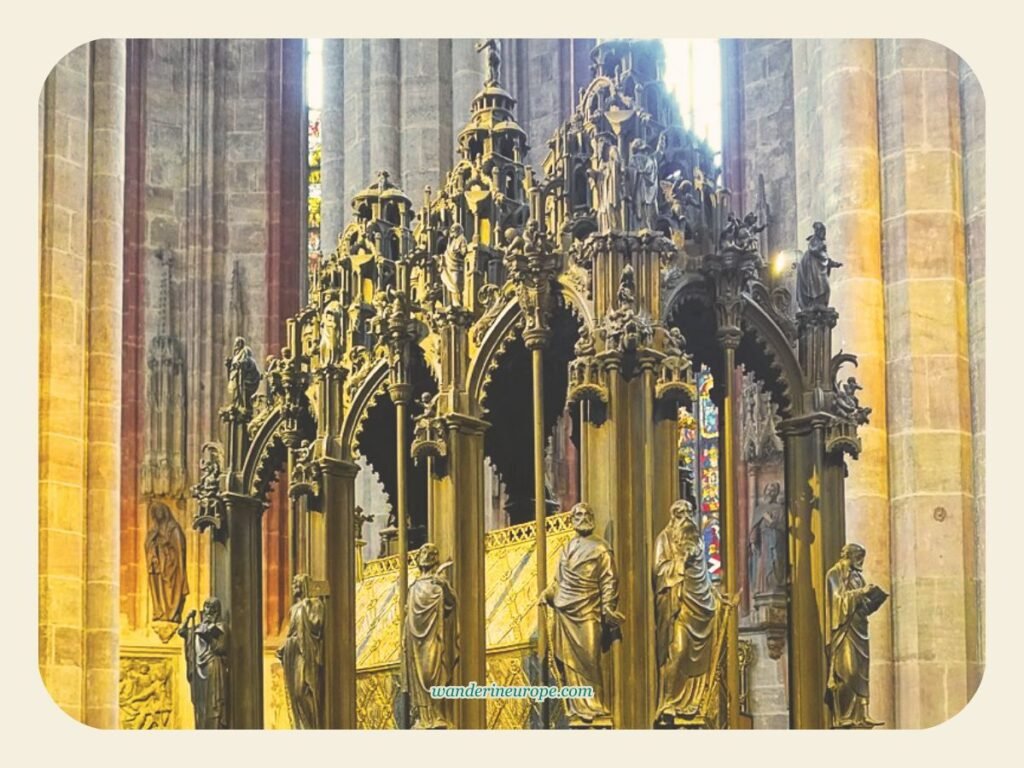

Nuremberg Imperial Castle
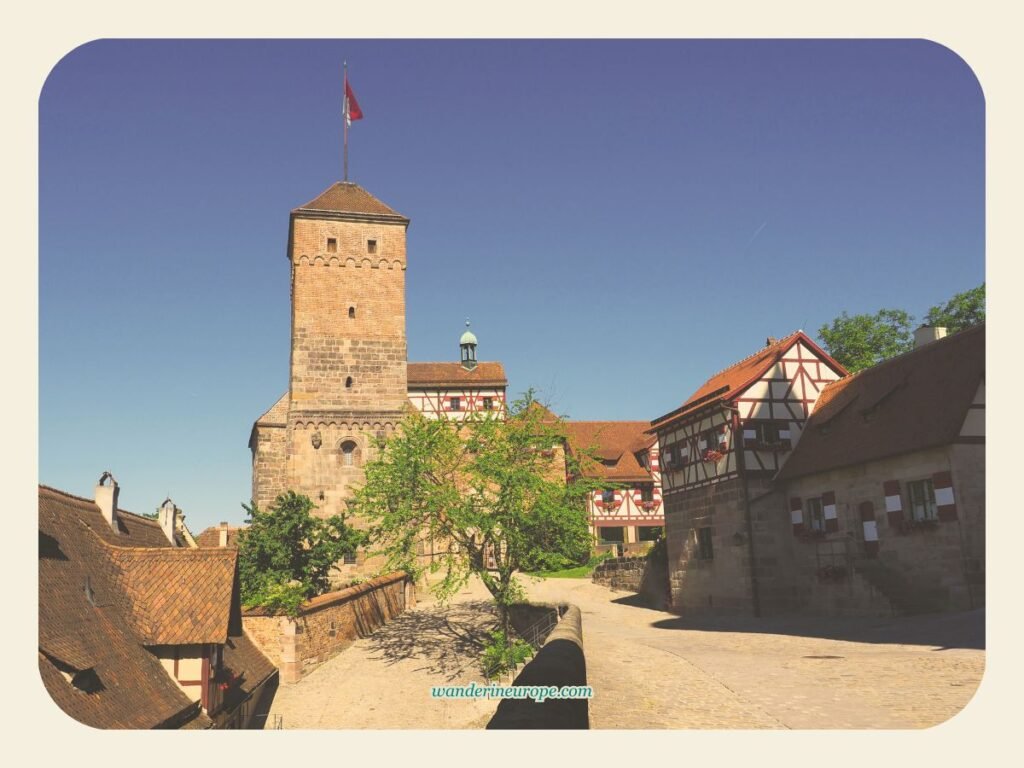

Weissgerbergasse
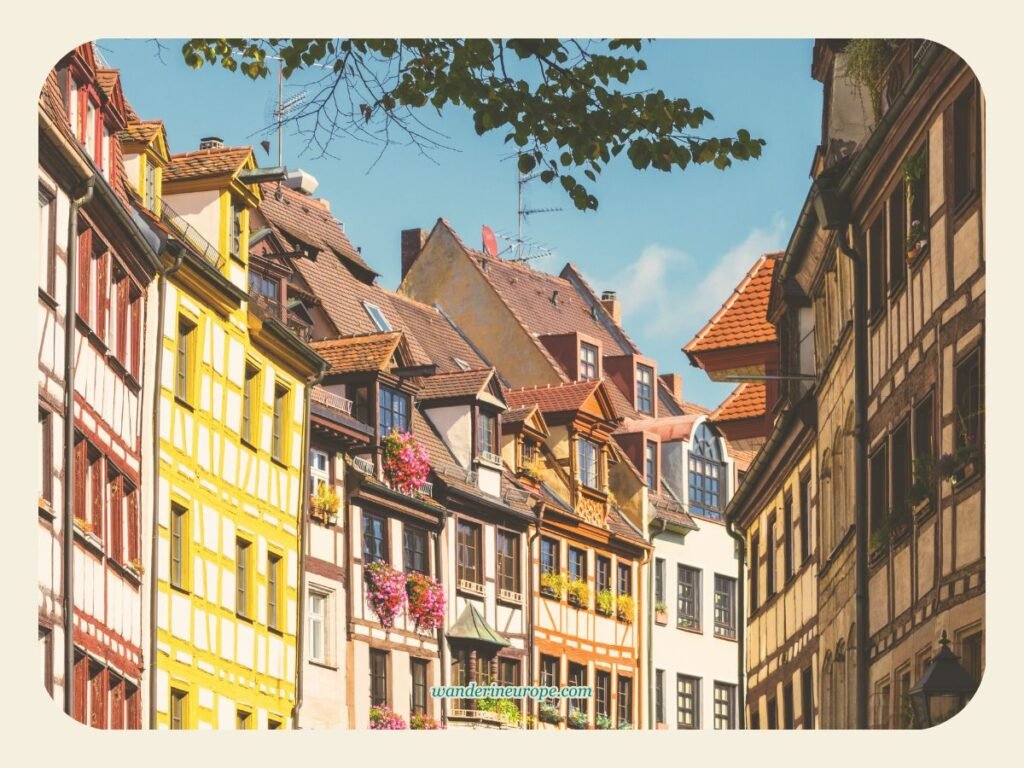

Maxbrücke
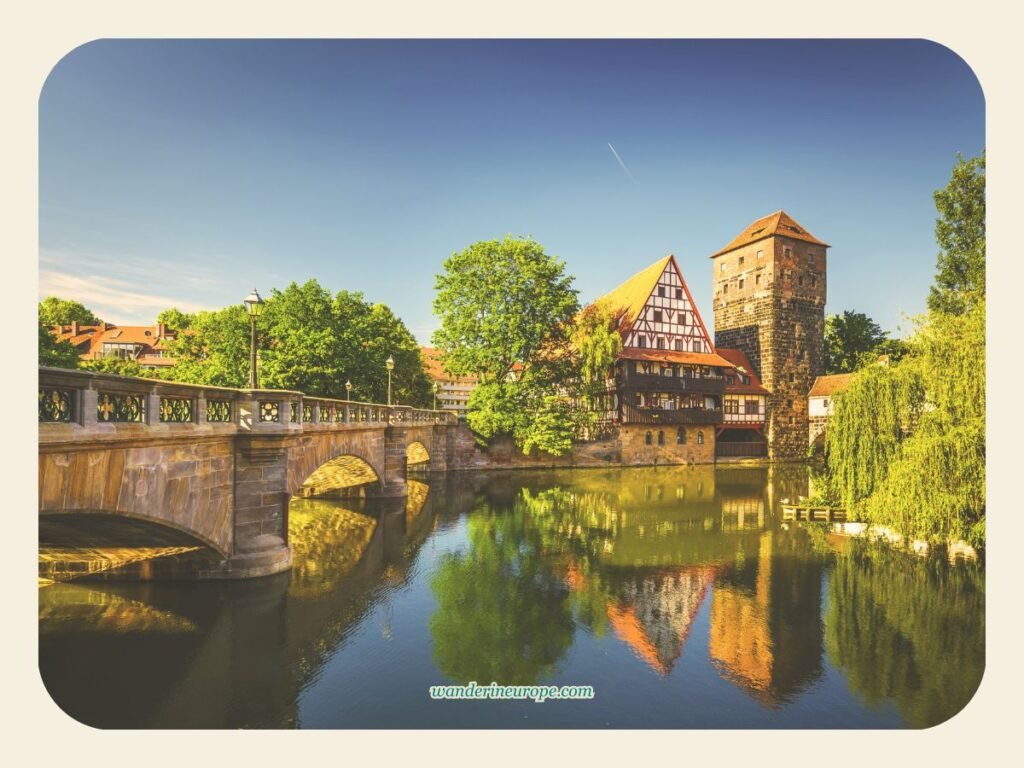

Schlayerturm
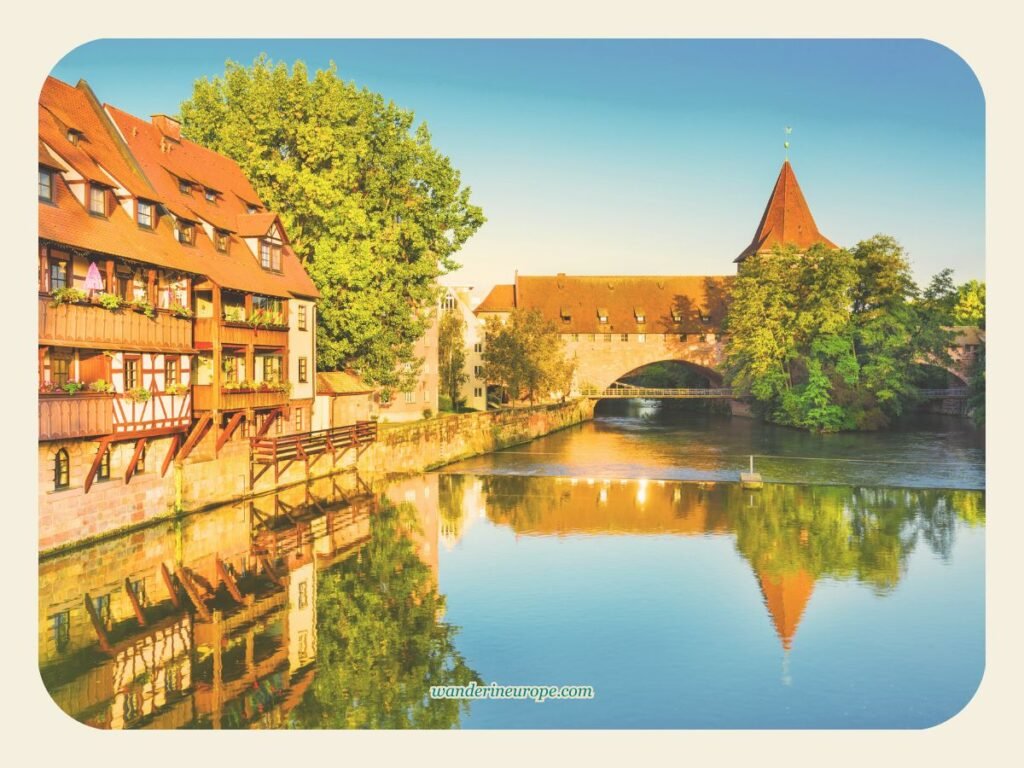

Documentation Center
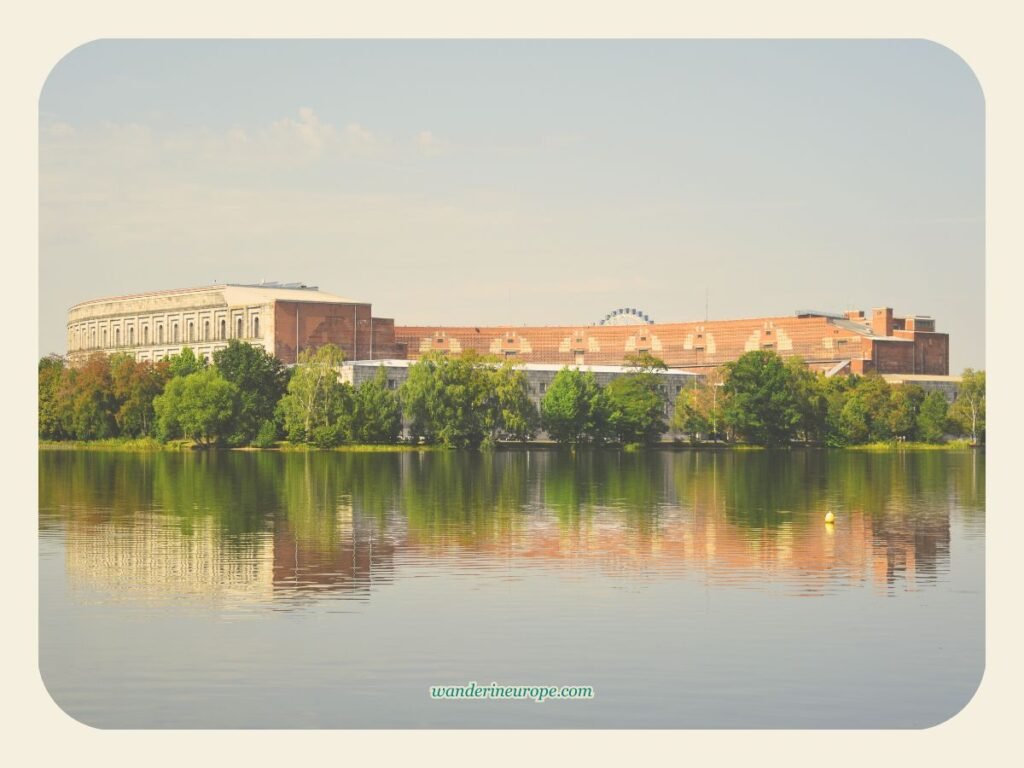

Germanisches Nationalmuseum
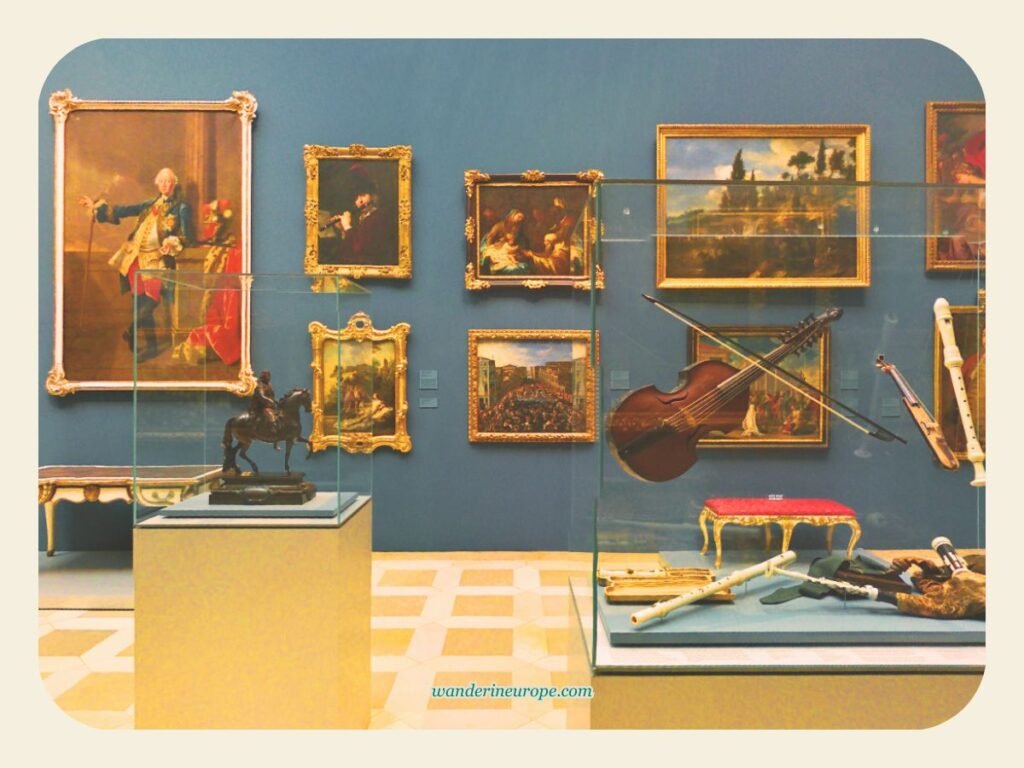

Toy Museum
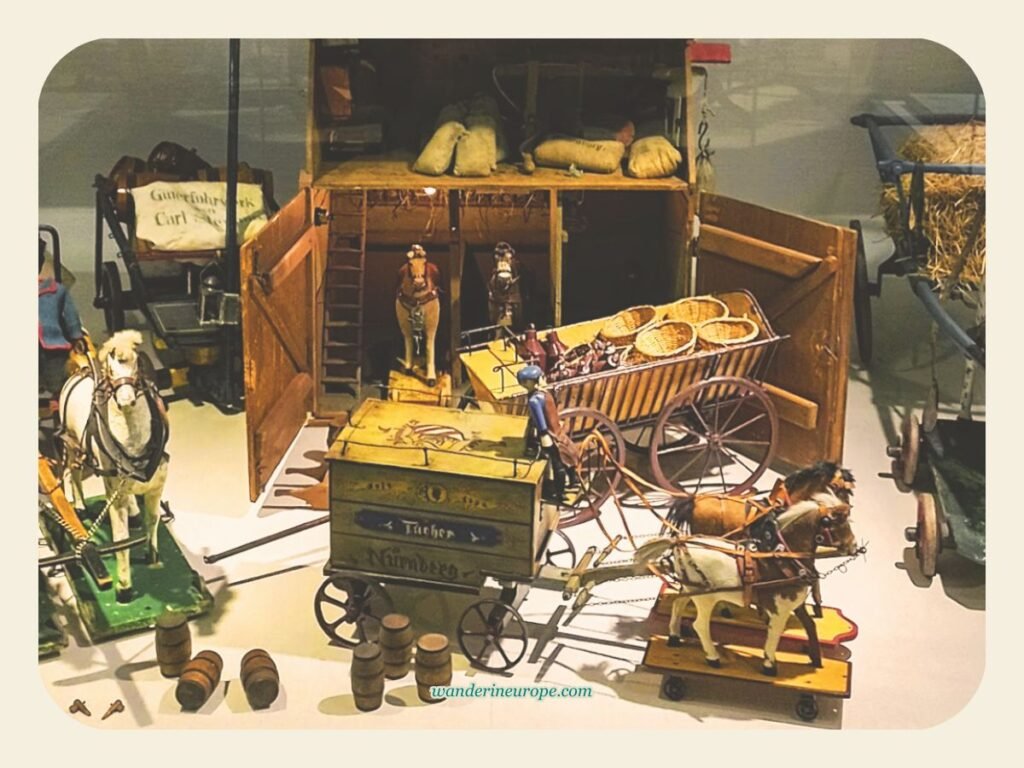

Transport Museum
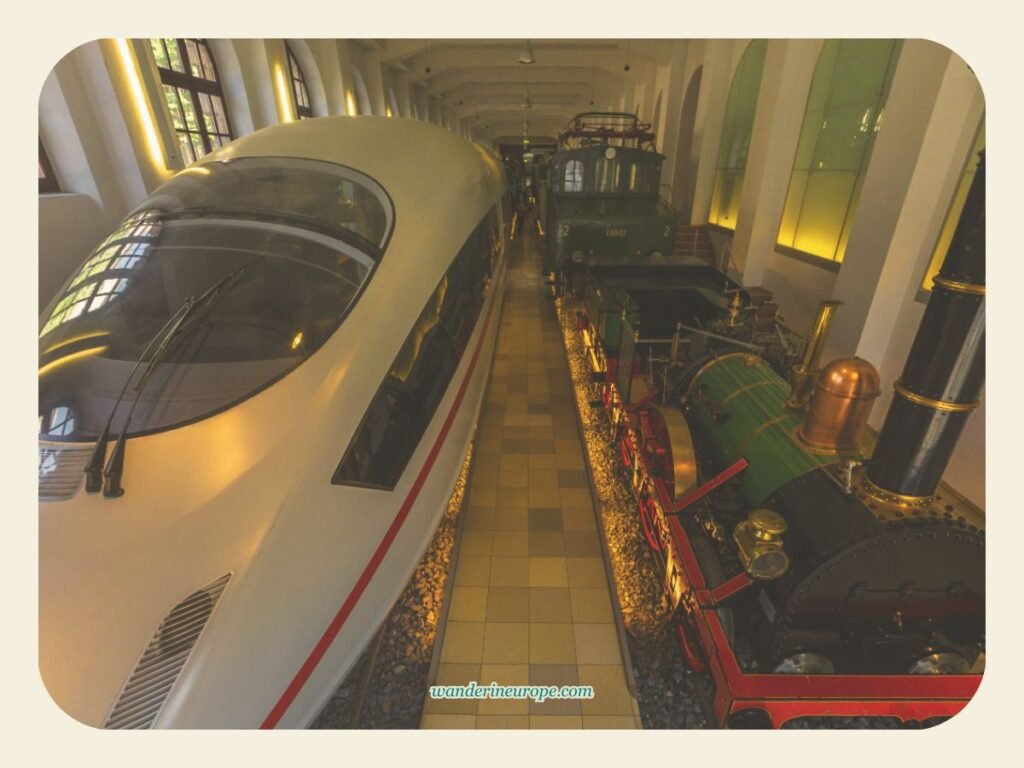

Handwerkerhof Nuremberg
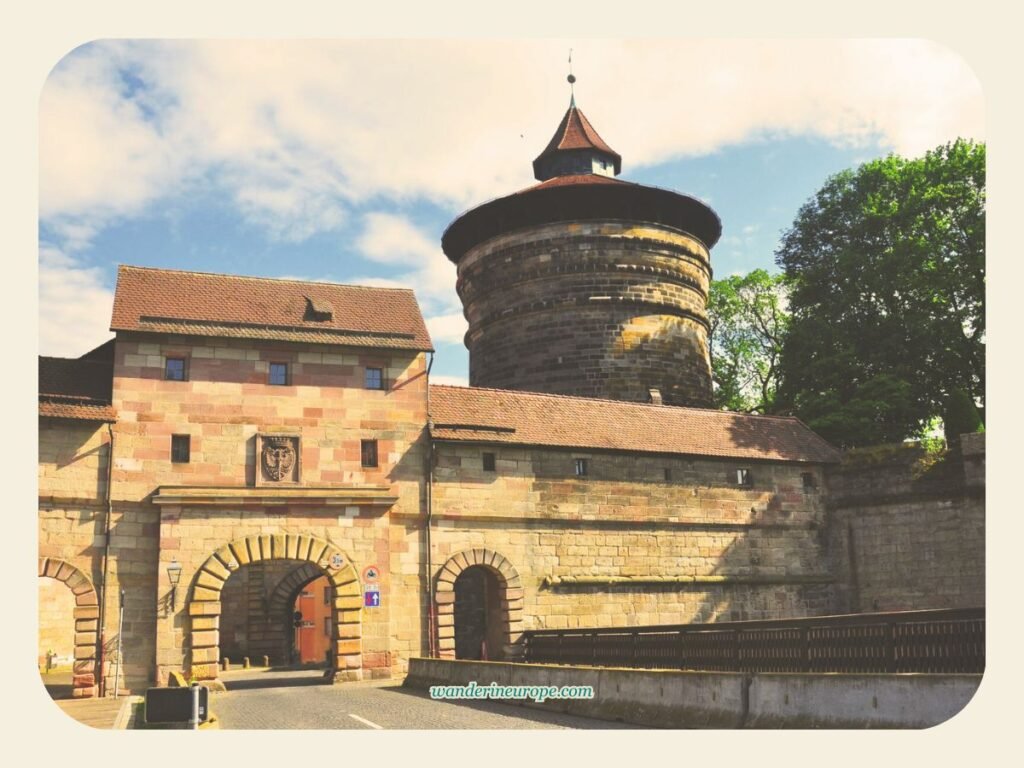

Make Your Nuremberg Trip Worthwhile
Hey, just so you know, WanderInEurope has lots of resources to help you check out more about Nuremberg’s attractions. You’ll get an idea of what to expect from the churches, cool hidden spots, and museums. Also, there are events happening all the time in the city, so you can plan your visit around those for a better experience. If you need tips for figuring out how many days to stay in Nuremberg, I’ve got that covered too. Have fun exploring Nuremberg!
From great hotel deals to skip-the-line tickets and affordable eSim to cheap rentals, click here for the best hotel deals and more travel discounts.
For a convenient, unique, or more enriching visit, check out these experiences and services:


Pin this to save it for later or bookmark it to read anytime.



